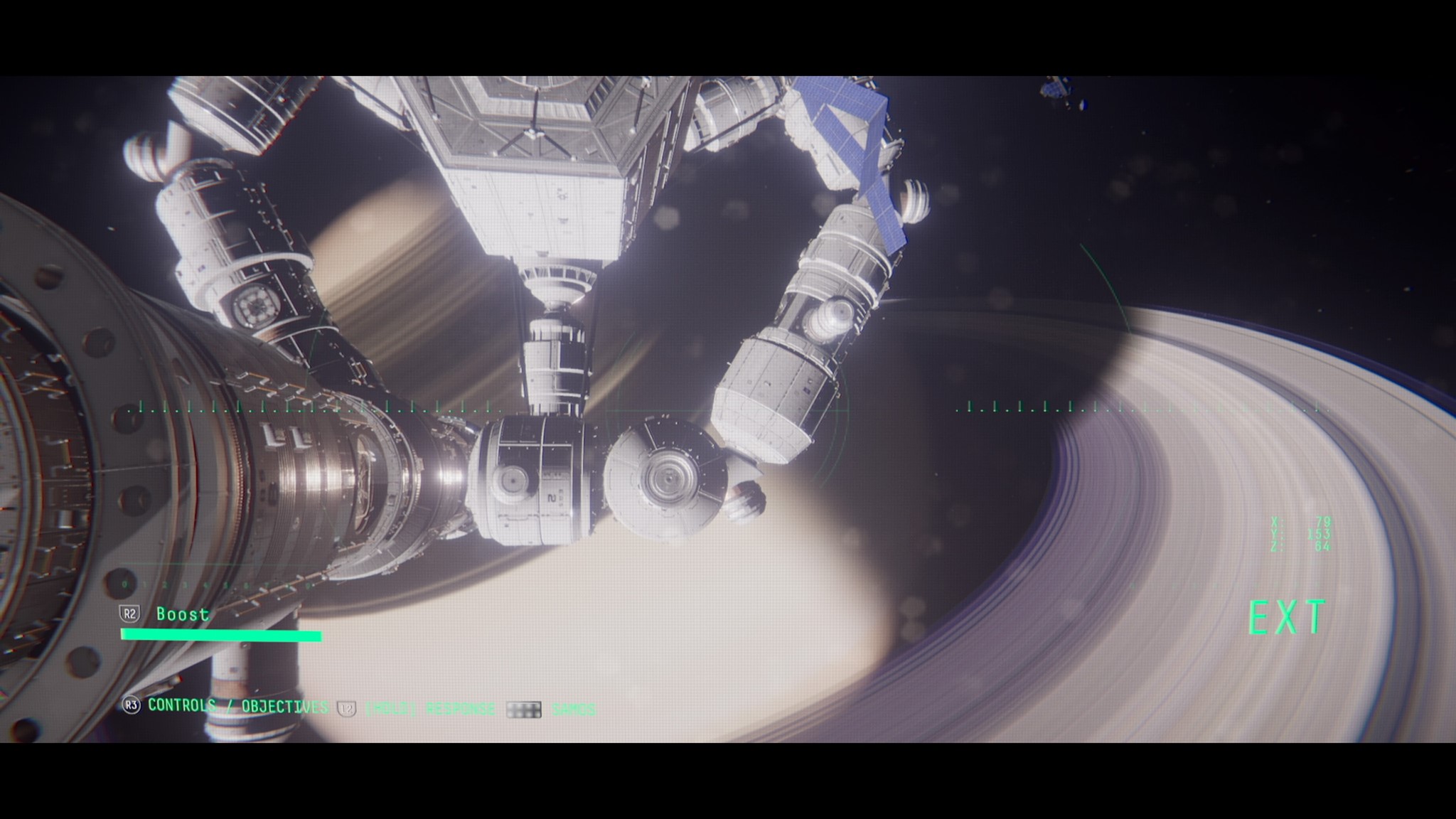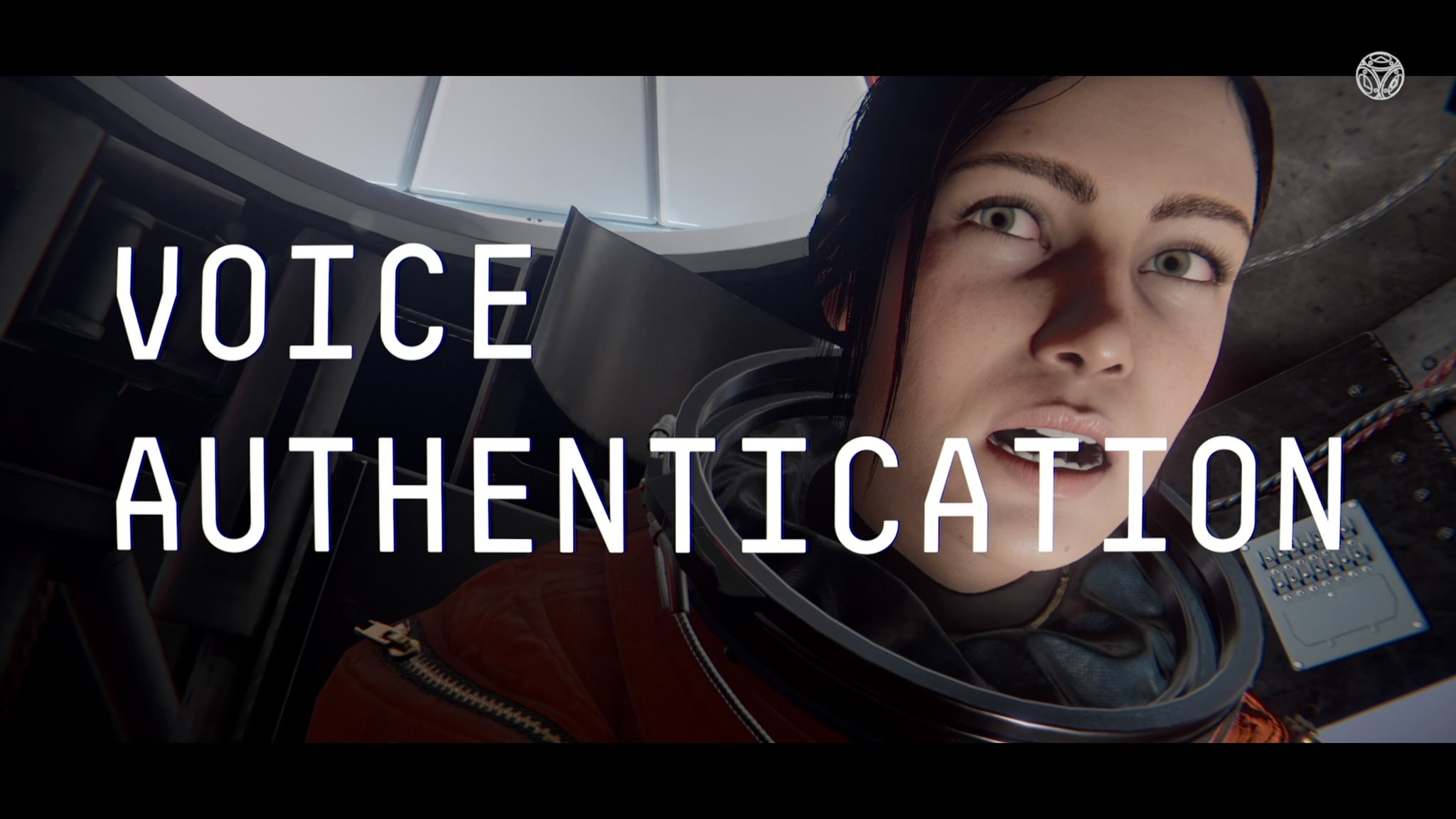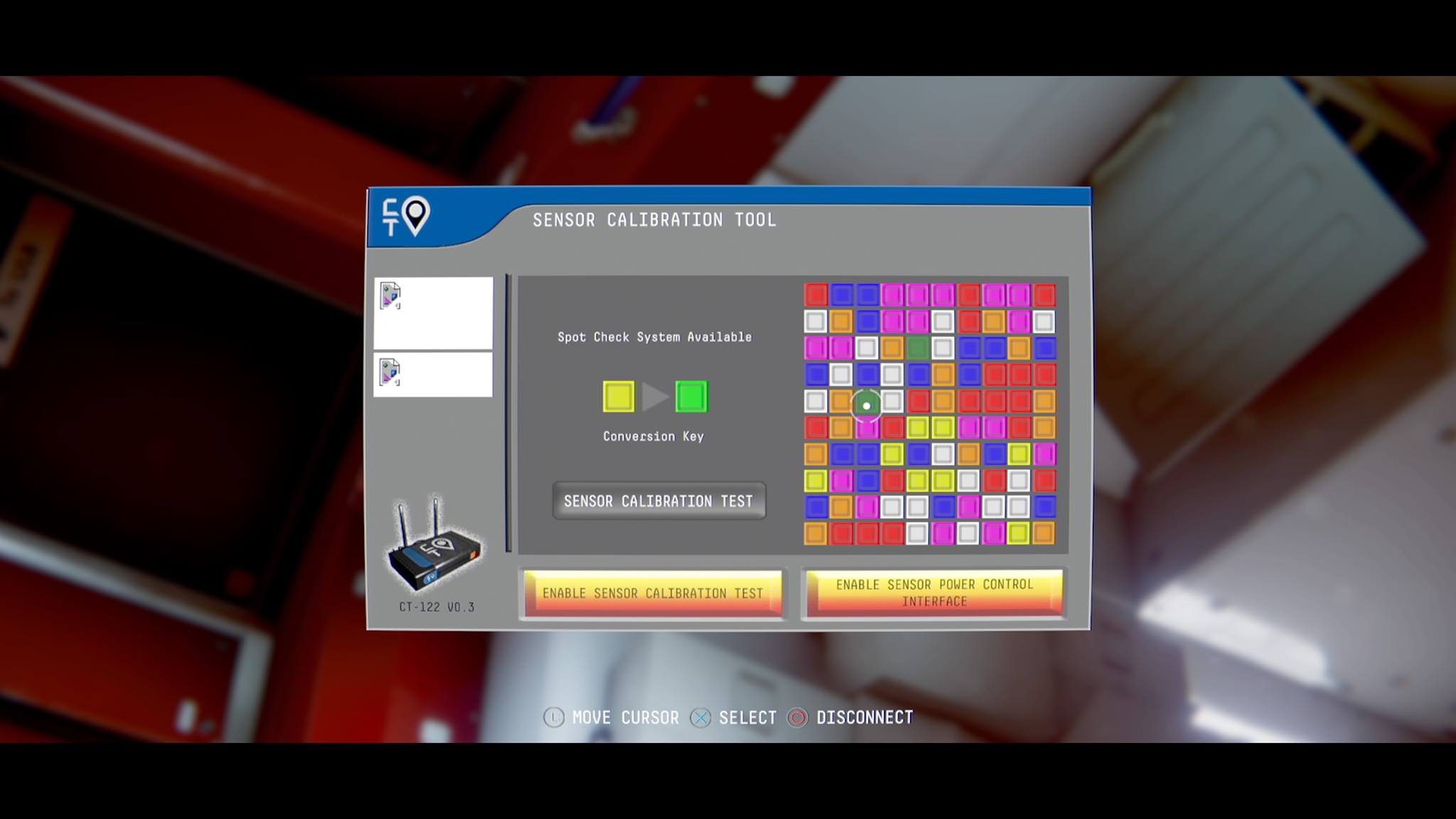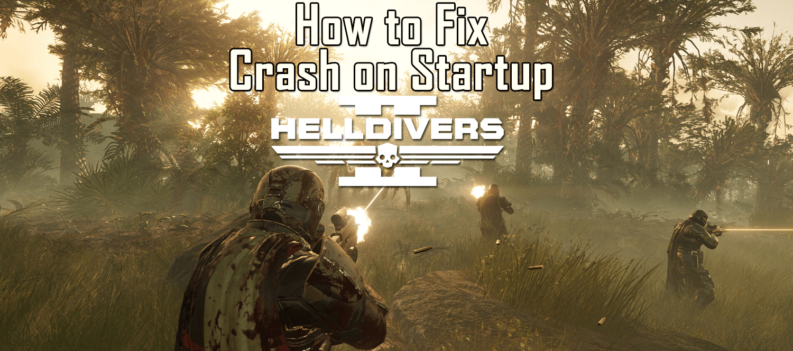The Pure PlayStation team has been full of prime intellectuals. We always find time in the day to put on a top hat and monocle so we can drink whiskey on the rocks in the most expensive of fancy rooms. While that is the case I’d like to think I’m the “space” guy here with a curious mind towards the stars. I reviewed The Station after all and I’m always putting my name into the hat when it comes to non-terrestrial faring in the digital world. I mean would you trust Chris if there was some sort of emergency out and about in the universe? That’s what I thought. Luckily, I’m the one putting myself through Observation and it certainly has an intriguing tale to tell. It’s just the act of putting players into the station’s artificial intelligence presents some limitations on fun.

Observation picks up after the space station Observation (yes my monocle did a little jig) has a mysterious encounter with something in Earth’s orbit. You play as S.A.M. the somewhat sentient A.I. of the place and mostly follow around Dr. Emma Fisher. Your memory banks are empty, Emma is separated from the rest of the crew, parts of the station are damaged, and unusual things are existing about the vessel. As you help your human companion regain her bearings and make it back to Earth, S.A.M. stumbles upon some data that casts doubt on the station’s initial mission. Things are once again not as they seem while battling a 2001: A Space Odyssey-esque plot. Plus, for people who understand what dangers the simple vastness of space poses will appreciate the slow burn tale on offer here.

For what it’s worth the gameplay really nails the feeling of being an artificial intelligence aboard a highly technical spacecraft. However, in doing so the mechanics open themselves to the monotony that can bring. A perfect example would be a camera having a dead zone at the bottom of its view. So it makes the device turn slower like it would in real life and adjusting the sensitivity didn’t really solve the issue. As you’d guess S.A.M. can access cameras, laptops, shuttle doors, panels, and a host of code in its mission. You’ll be looking for schematics and passwords to pass through doors, panels to unlock other sections of Observation, and even a floating sphere for diagnostics. This allows you to move about the interior, and exterior a few times, in first person and see things from a non-stationary position. Alas, the camera controls for this can also be a pain. There is a hub option luckily in the menus where you can travel to most rooms at a glance.
Now S.A.M. may be an intelligence force, but it can’t just solve the issues of a broken-down space station because it wants to. The player will often be tasked with completing a small mini-game or puzzle in order to progress. These can range from alien Simon Says, finding certain colored blocks on a graph, selecting specific dots in columns and rows of dots, responding to Emma’s request like a bona-fide computer, and combining knowledge gained in the menus within the computer’s mainframe. Considering the game’s material the entire experience could be considered a puzzle game. Although to be more in-depth there’s a handful of true puzzles that make an appearance. While most were figured out after much thinking, there are a few that give you little direction. One even said I didn’t have an authority code to accomplish a task, but I clearly did. These small frustrations did grow to an annoyance level I’m not terribly fond of in mah vidja gaems.

The user interface for Observation is very technologically involved. It was very easy to believe I was a supercomputer out in space. Best of all are the small things like analyzing voice samples, responding to commands, and following on-screen prompts played the part extremely well. There was even a nice touch where you could scan something and prompt a dialogue with Emma. This combined with the mysterious events playing out through the eyes of a non-human build the atmosphere well. For the entire five-hour playtime, I was looking forward to what came next among frustrating controls and puzzles. If you so choose you can gather a host of collectibles to flesh out this ill-fated journey among the cabins and compartments even more. Other than that, there’s not much replayability.
There’s not much music here, but the sound effects do deserve some recognition. Especially when you come across the title’s more mysterious elements. Voice acting is superb as it is just primarily one astronaut and a sentient A.I. I mean a voice actor can only do so much when playing a monotone machine. (Yes, that was a dig at the people who complained about Ghost in Destiny). Unfortunately, the graphics could use some work on the human body. Eyes look a bit glossed over, lip movements don’t match what’s being said, and the entire face looks awfully doughy.
Observation PS4 Review
-
Overall - Good - 6.5/106.5/10
Summary

Observation is another worthwhile sci-fi adventure even if the daily habits of an artificial intelligence are a little mundane and there’s not clear answers to some of the puzzles. Aside from that I enjoyed exploring the derelict station and uncovering the mystery of what’s plaguing the ship and its programming. Once I got a handle on movement controls and dead panned faces that is. If you happen to complete this game without a guide feel free to let us know so we can determine if you’ll join our fancy intellectual club.
Review Disclaimer: This review was carried out using a digital copy of the game provided by the publisher. For more information, please read our Review Policy.
Reviewed using a PS4 Pro.















